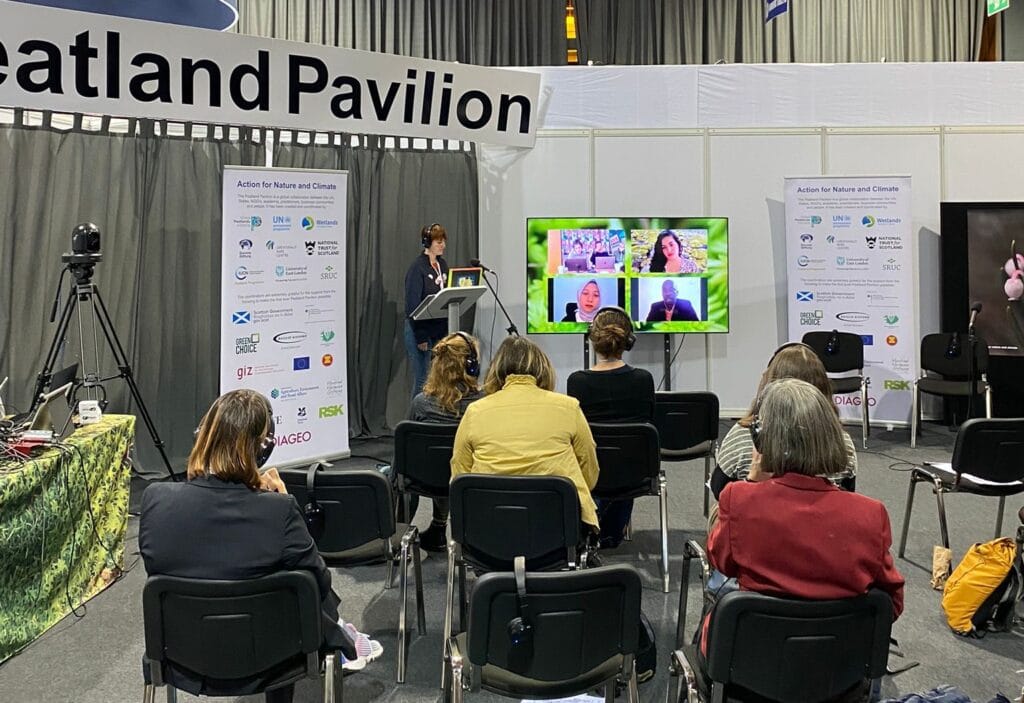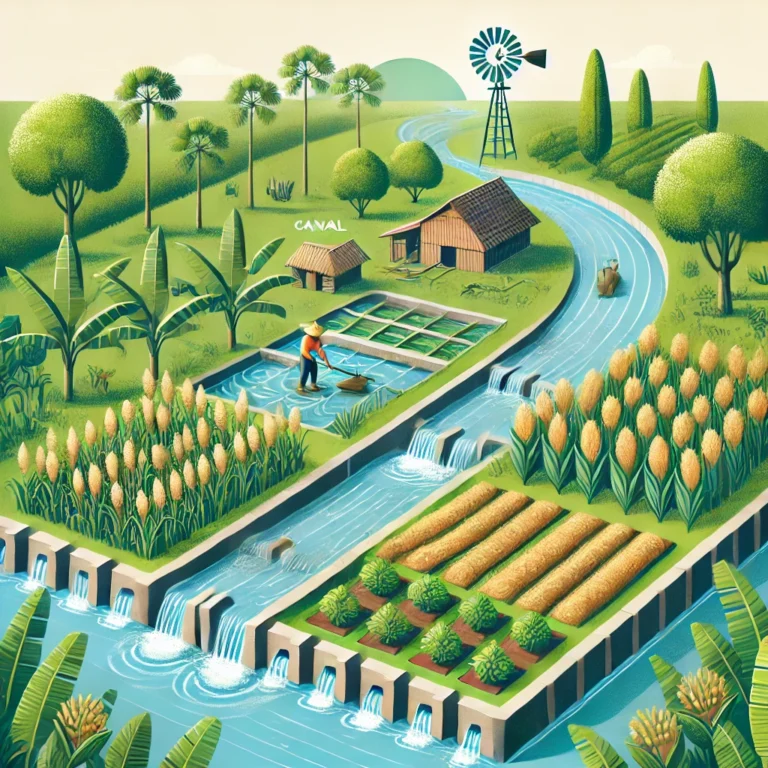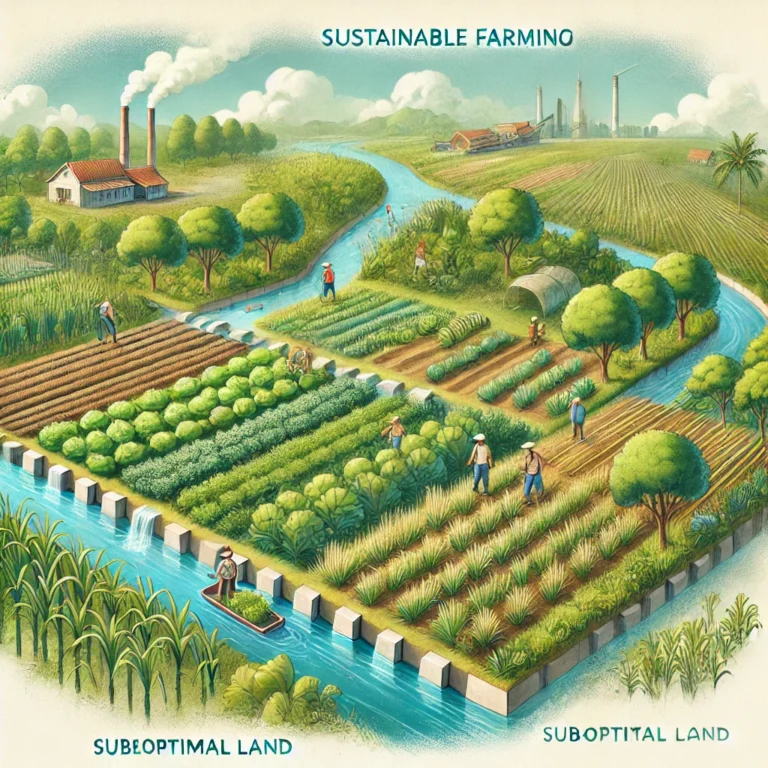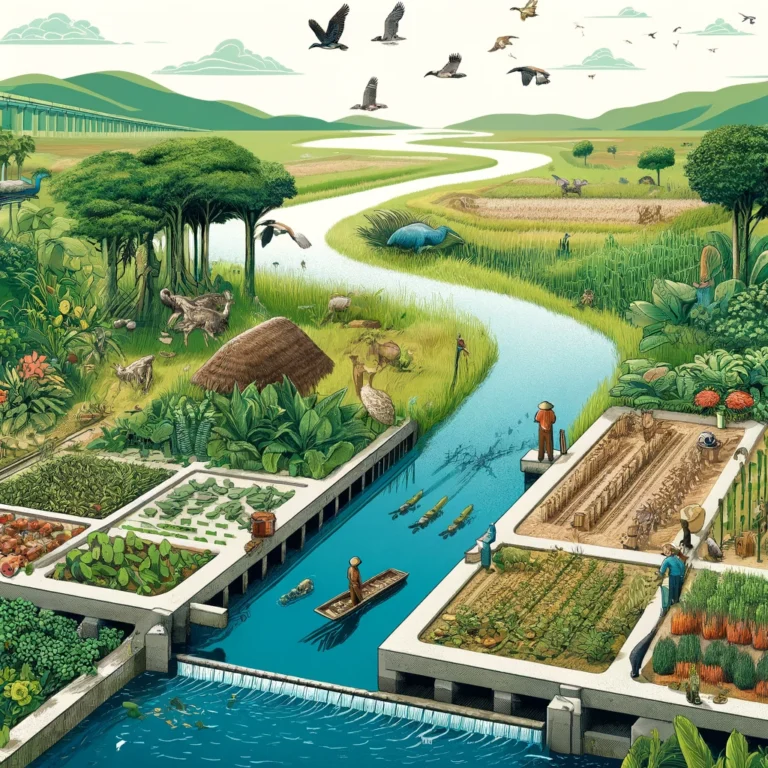For two weeks, the world’s attention was directed toward Glasgow, UK, where the world leaders, scientists, and experts pledge to address humanity’s biggest challenge – the climate crisis. Amongst the many aspects we approach to have a better pathway in minimizing climate change impact, peatlands restoration and management became more relevant as ever.
At the UNFCCC COP26, the Peatland Pavilion provides a platform to exchange knowledge and experience of action on peatland policy, practice, research and innovation. In this pavilion, we reflect the value of peatlands as carbon storage, hotspots for biodiversity and cultural value, along with their damaged state, as large sources of greenhouse gas emissions.
Throughout the two weeks, many organizations and individuals have shared their lessons-learned, concerns and opportunities on bringing betterment in peatlands restoration and management. Fortunately, it also includes youth, who are oftentimes being sidelined. One of the sessions was ‘Peatlands for the Present and Future: A Youth Call for Action’, a hybrid event organized by Re-Peat where TJF participated as panelists.
The session was carried out for around 100 minutes on 11 November 2021 which covers a performance piece of a peatland storytelling, a sensory experience (especially for those attending offline in Glasgow, a video showcase made by youth of peatlands around the world, and a panel discussion along with Q&A from both offline and online audiences.
The panel was composed of young peatland advocates from different peatland landscapes. While Noyara from TJF brought the view of Indonesia peatlands, we also had Mwesigye Robert and Ologe Daniel who work in Ugandan peatlands, also Angelica Manrique with her experience in Peruvian peatlands. The panelists had a wide range of works from research, community program, to government advocacy. Interestingly, they all expressed the importance of youth’s role in their approaches.
Youth have the skill and capacity to do many things. From initiating landscape mapping and research to support peatland restoration effort, extending networks to bring more awareness on peatland issues, to engaging people in power through advocacy for better and just peatland management.
At the end of session, we learned a lot from youth efforts in peat landscapes around the world. Although we acknowledged that it’s still a long way for youth to be included in strategic decision-making, we also agreed that this kind of networking is an initial step for a systemic change. Starting from us, youth, to carry the message that the world needs to restore and sustainably manage its peatlands.






